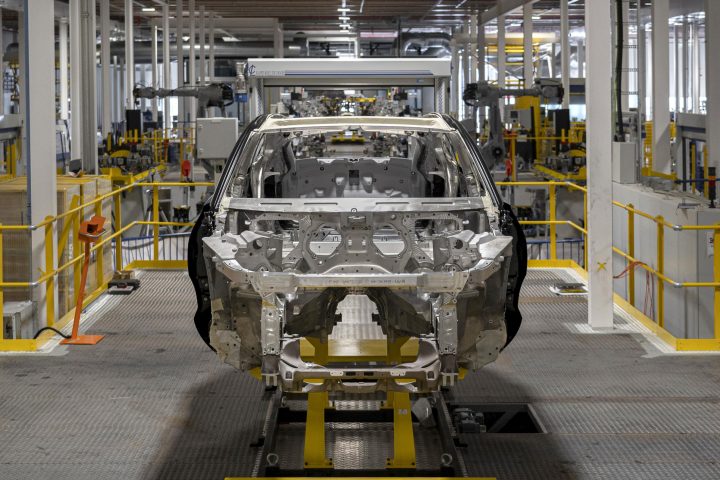UK car production declined -19.2% in the first six months of the year, according to the Society of Motor Manufacturers and Traders, with 95,792 fewer vehicles built compared with the same period in 2021.
Just 403,131 units were built, representing the weakest first half since the pandemic-ravaged 2020 and worse than 2009 when the global financial crisis decimated demand.
The main cause remains shortages of key components, most notably semiconductors, exacerbated by additional supply issues caused by the war in Ukraine, as well as significant structural and model changes within the sector.
Despite this challenging backdrop, June was the second consecutive month of increasing car production in the UK, up 5.6% with 72,946 units built.
Although this was the best June performance since the start of the pandemic, in part due to supply chain shortages beginning to ease, output remains -33.2% below 2019 levels.
The year-to-date decline was driven largely by a fall in export volumes, with -23.9% fewer cars produced for overseas markets during the first half of 2022.
This represents a loss of 99,388 units compared with the same period in 2021, despite exports still accounting for 78.6% of all production output.
Persistent issues continue to act as speedbumps and stall progress on the road to recovery, with a strong economic head wind and various hurdles still presenting tough challenges for manufacturers to overcome, according to Lisa Watson, Director of Sales at Close Brothers Motor Finance.
“The ongoing conflict in Ukraine means the semiconductor shortage is showing no signs of letting up, and chips are seemingly going to remain scarce until at least 2024.
“Manufacturers currently have little choice but to close order books or put the brakes on production, leading to long delays for customers.
“The cost-of-living crisis and high petrol prices are starting to soften demand in the second-hand market, resulting in used car prices starting to realign. Dealers are working hard to navigate the challenges and ensure that forecourts are as best stocked as possible.”
She added, “Analysing market data, gaining insights, and utilising available tools remains key to ensuring that prices are optimal, and stock is suited to consumer trends.”


